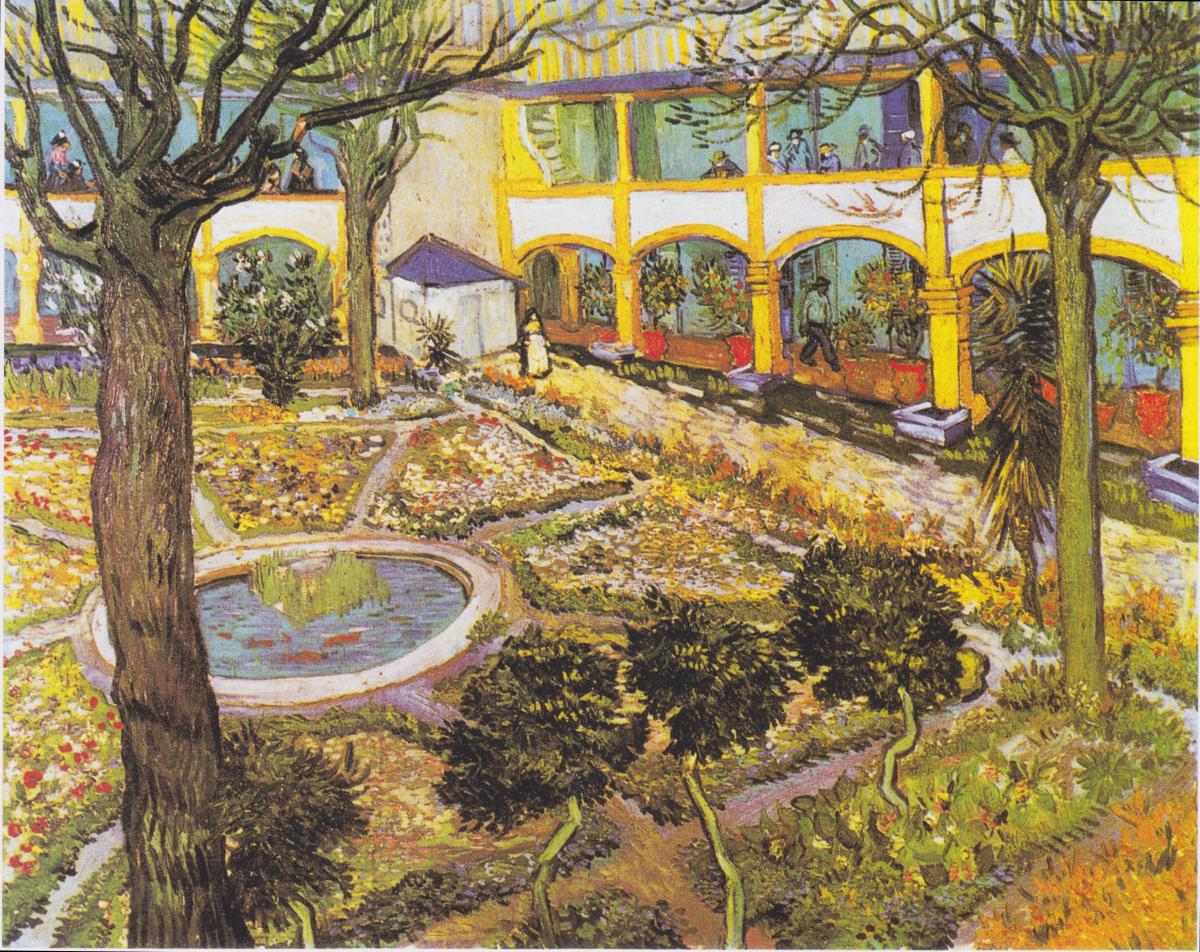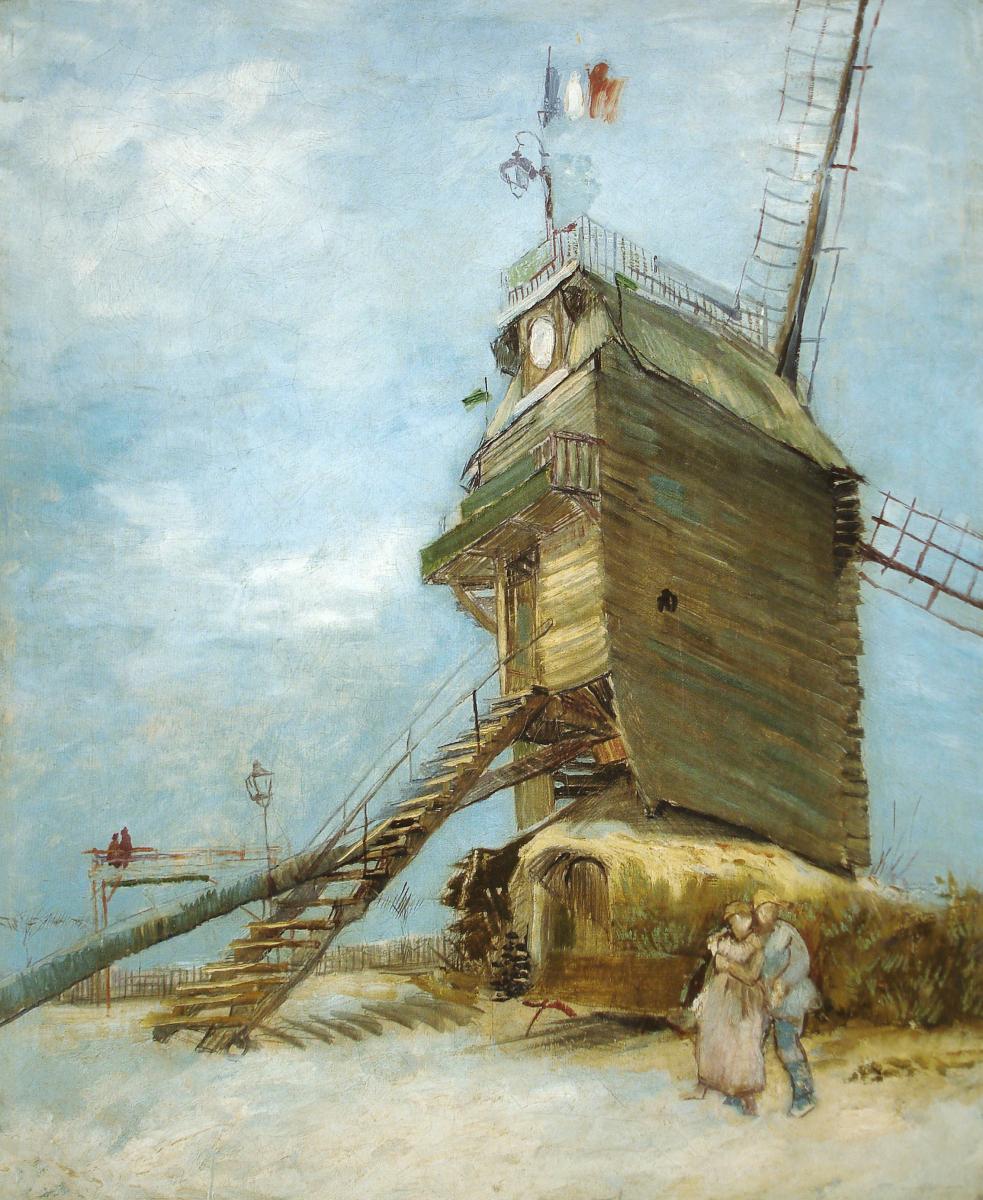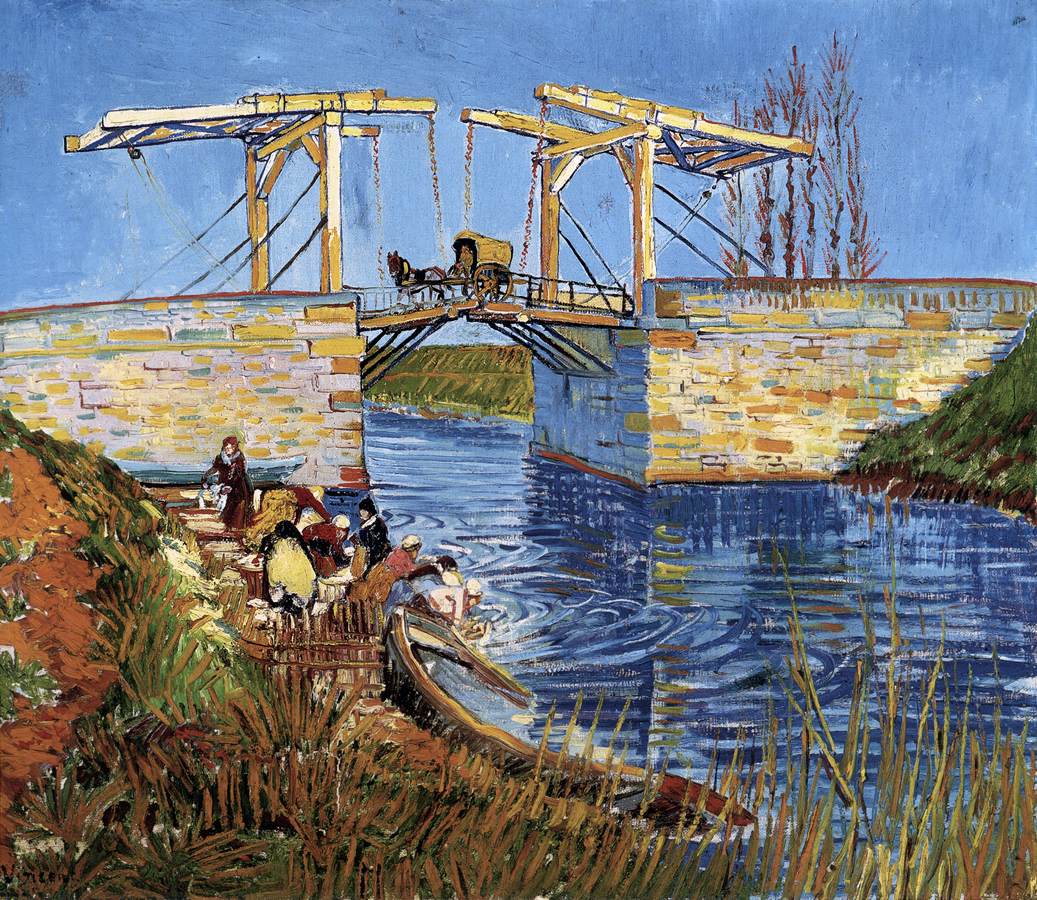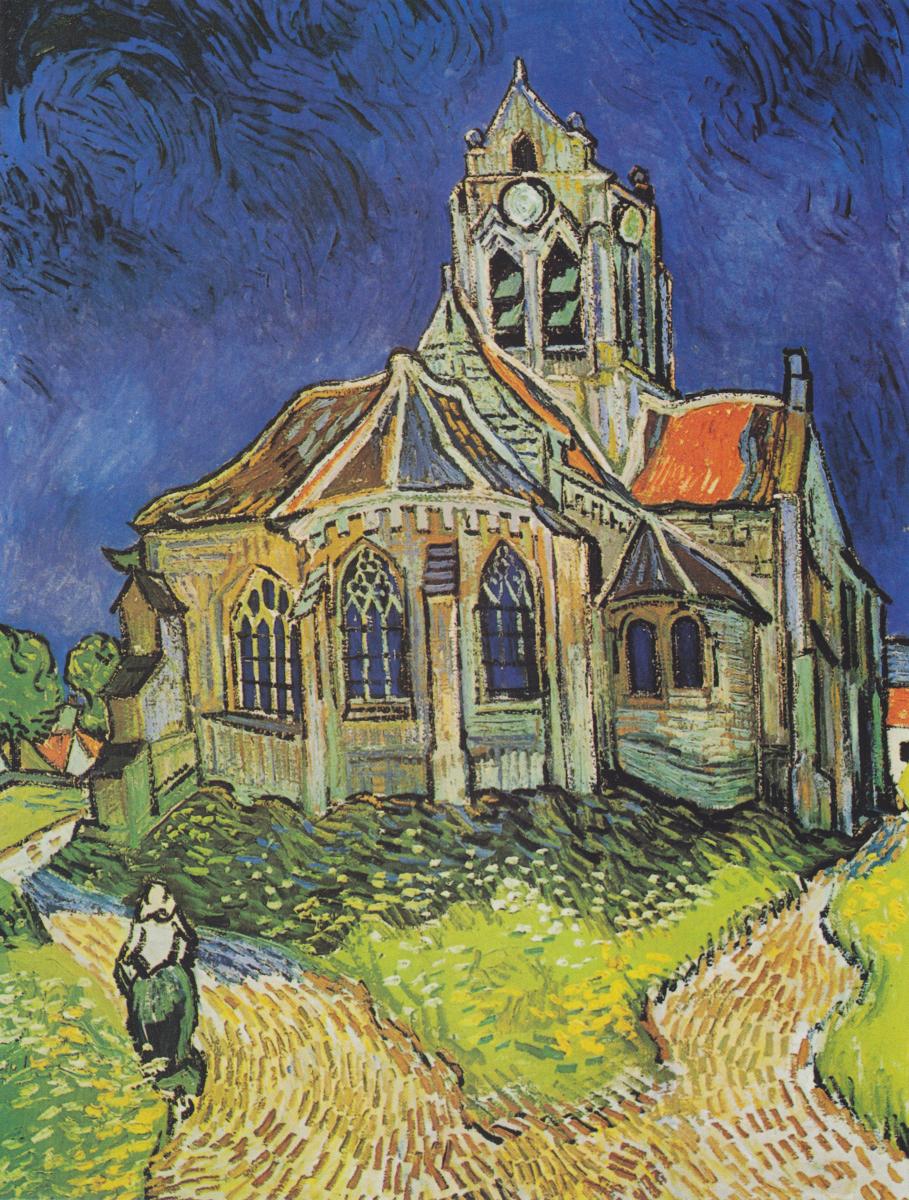This wonderful Cornish workshop and museum is dedicated to the legacy of studio pottery trailblazer Bernard Leach
On Vincent’s Trail: five places where Van Gogh lived
On Vincent’s Trail: five places where Van Gogh lived
27 Feb 2019
Throughout his short life, Van Gogh moved from place to place in search of personal and professional fulfilment. He tried his hand in the world of picture dealing, bookselling and preaching before deciding on his mission that was a commitment to art. His efforts took him from his native Netherlands to England and Belgium, then the south and finally the north of France. Many of the landmark places he knew have sites that can be visited, where his memory is sustained.
Arts Society Lecturer Juliet Heslewood has recently published a book, Van Gogh: A Life in Places, which is also the title of her new lecture. Here, she draws attention to some of those places.
 Garden of the Hospital in Arles, 1889
Garden of the Hospital in Arles, 1889
ZUNDERT, the Netherlands
Van Gogh was born here in 1853. As a child he loved to play in the wide, open heath and marshland beyond the garden at the vicarage where he lived with his family. His father, a Protestant minister, was required to move to different parishes throughout his career, but Van Gogh never forgot his childhood home. Even when, as an adult, he was a patient in the hospital in Arles, he recalled its details and always considered his childhood as an enchanted period that could never be repeated. The original parsonage, near to his first school, is now converted to a modern visitor centre devoted to his life.
 Le Moulin de la Galette, 1886
Le Moulin de la Galette, 1886
MONTMARTRE, Paris
In 1886 Van Gogh made an unexpected appearance at his brother Theo’s flat in Montmartre. At the time, this was a marginal area dominated by the building of Sacré-Coeur Basilica. High above the city, Van Gogh explored many of its landmarks, especially windmills that were reminiscent of the Netherlands. These, as Renoir had painted, were converted into places of entertainment. In Paris Van Gogh learned much from the Impressionists, which helped him pursue a brighter palette. Today, climbing the Rue Lepic, where Theo lived, you can reach the famous Moulin de la Galette.
 The Langlois Bridge at Arles, March 1888
The Langlois Bridge at Arles, March 1888
ARLES, Provence
Van Gogh left Paris for the warmer climate of Provence. He arrived in Arles during the winter of 1888, but by the spring discovered a landscape that reminded him of Japanese prints. He rented a small yellow-coloured house from where he explored the town and countryside. Hoping to set up an artists’ colony, he welcomed the arrival of Gauguin in the autumn, but their strained relations led to his hospitalisation. During this period Van Gogh’s individual style matured, and many sites of his work in and outside Arles are recognisable today.
ST RÉMY, Provence
Some 12 miles from Arles lies the old monastery that served also as an asylum at St Rémy. Van Gogh voluntarily came here, knowing his mental health was unstable. After some time he was allowed to go out into its beautiful valley, surrounded by mountains. Theo had always supported him financially, enabling him to paint at liberty, and here Van Gogh did some of his finest work. In memory of its famous patient, the buildings can be visited (including the room said to be Van Gogh’s cell), and the monastery remains an institution providing art sessions as therapy.
 The Church at Auvers, 1890
The Church at Auvers, 1890
AUVERS
When Van Gogh appeared to be well after one year at St Rémy, he moved to Auvers, not too far from Paris, where Theo and his small family lived, as well as his painter friends. Under the care of Dr Gachet, he continued to produce a large amount of work in the fields above the village, and also created fine painting of buildings – the town hall, the church, the thatched houses. For a cheap rent he boarded at a small auberge. The room where he died of a gunshot wound is open to the public and, together with his nearby grave, provides a moving reminder of his untimely end.
Juliet Heslewood studied History of Art at London University and gained an MA in English Literature at Toulouse. She has written many books, including The History of Western Painting for young people, which was translated into 12 languages, and Van Gogh: A Life in Places. Now living in England, she leads tours in France and lectures widely, speaking regularly at the Ashmolean Museum in Oxford.
MORE VINCENT?
Van Gogh comes to Tate Britain next year in The EY Exhibition: Van Gogh and Britain, 27 March–11 August
SIGN UP
For our monthly free newsletter, full of news, offers, and exhibition and book reviews: theartssociety.org/signup
DIP INTO
The Arts Society Magazine, out four times a year, which includes the latest in the arts world titles
About the Author
The Arts Society
JOIN OUR MAILING LIST
Become an instant expert!
Find out more about the arts by becoming a Supporter of The Arts Society.
For just £20 a year you will receive invitations to exclusive member events and courses, special offers and concessions, our regular newsletter and our beautiful arts magazine, full of news, views, events and artist profiles.
FIND YOUR NEAREST SOCIETY
MORE FEATURES
Ever wanted to write a crime novel? As Britain’s annual crime writing festival opens, we uncover some top leads
It’s just 10 days until the Summer Olympic Games open in Paris. To mark the moment, Simon Inglis reveals how art and design play a key part in this, the world’s most spectacular multi-sport competition



